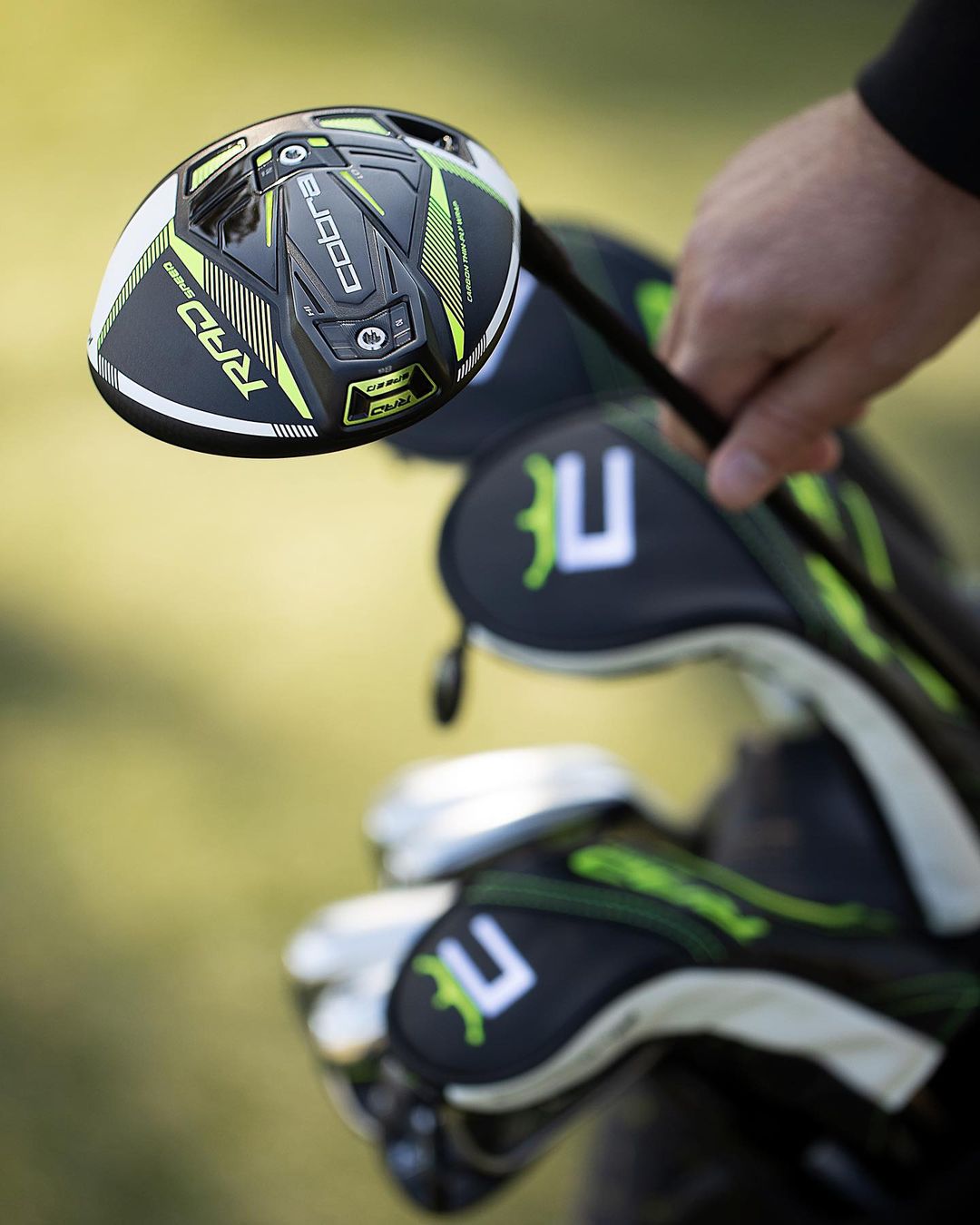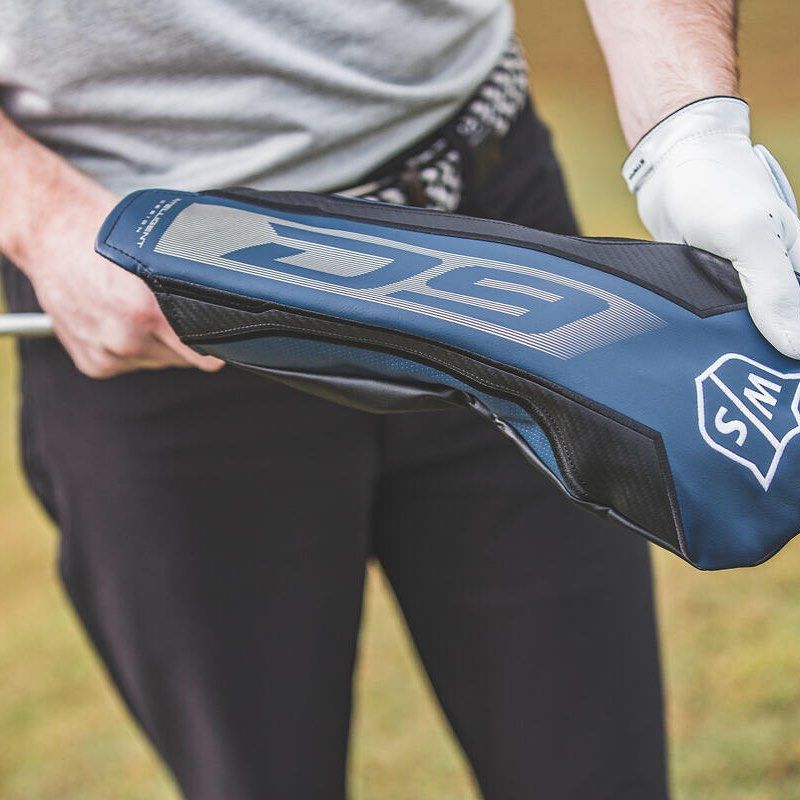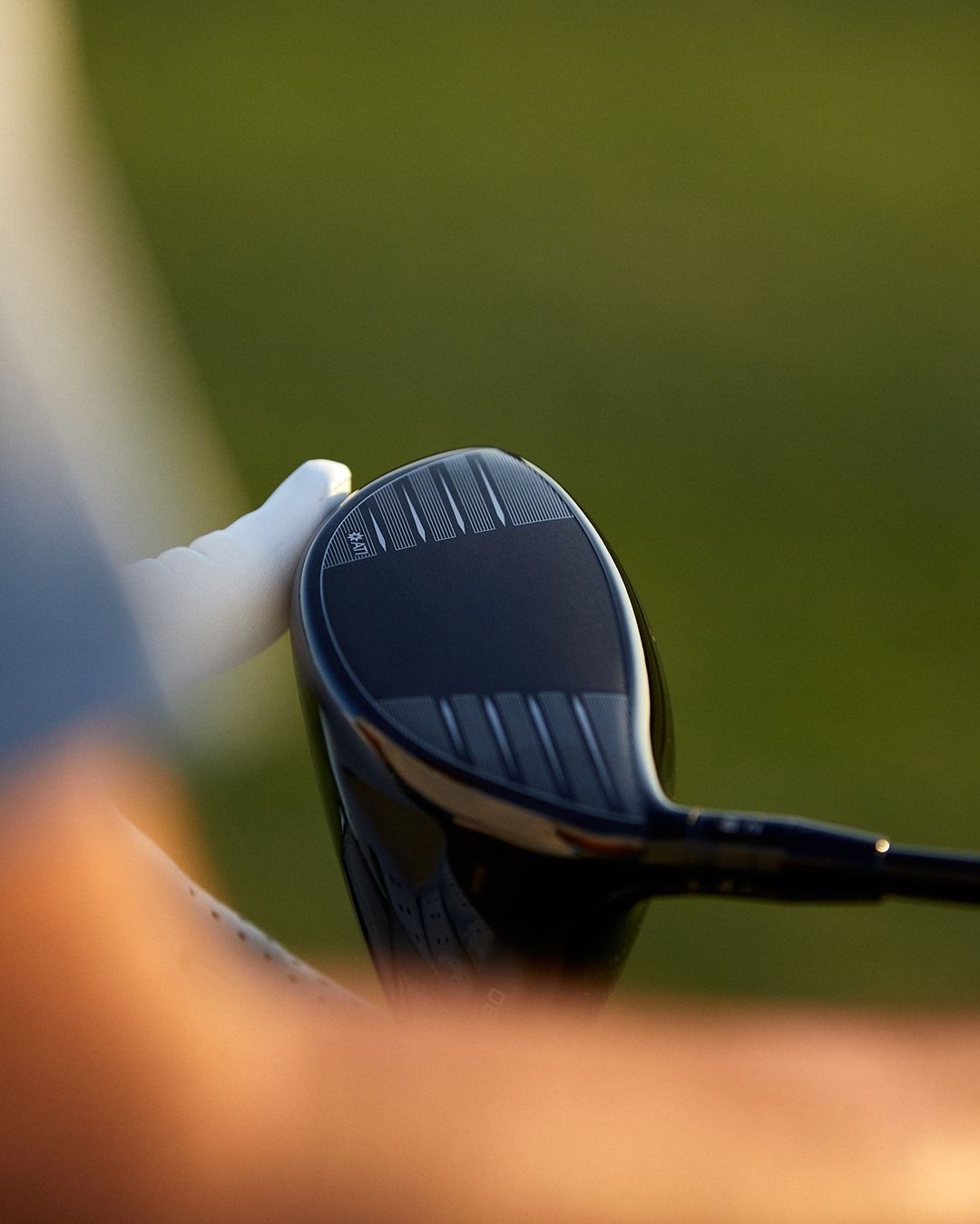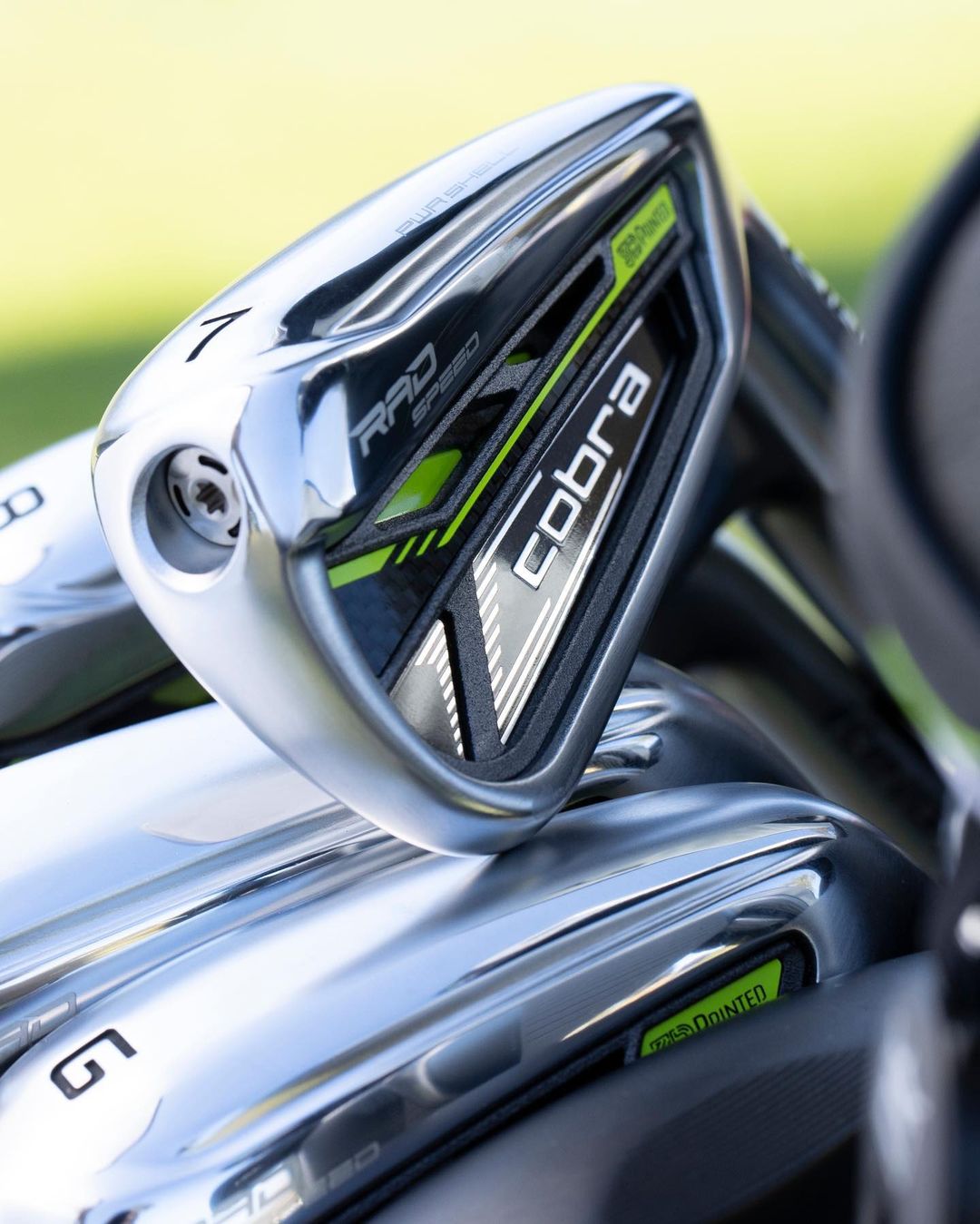Natural wearing will occur with all golf equipment over time, but there are ways to make sure golf clubs are maintained for as long as possible. This guide to golf club care and maintenance will offer advice and tips on keeping all your clubs in top-notch condition for the entirety of their life.
Golf clubs should be treated with great respect. If they are not looked after they will quickly degrade — faster than they should — leading to poor performances on the greens.
By following a few simple rules, golfers can get the most from their golf clubs for a longer.

Check Before & After Use
Be attentive when checking golf clubs before starting a game. This can be as simple as inspecting the club before stepping onto the greens but can make a big difference. Assess the condition of each golf club to check they are still play-worthy. Any signs of nicks in the shaft, dirt lodged between the grooves or peeling of the grip is a good indication there’s a problem which needs amending. It could also mean the golf club is close to expiring, or that it hasn’t been properly cared for.
On the golf course, and assuming all checks showed no problems, everything should be fine. And, although these checks might seem excessive, realising that the putter is mis-hitting badly halfway through a round is a real morale-killer which no one wants to be faced with.
It doesn’t matter how well maintained a golf club is if it has been in use a long time as natural ageing will begin setting in. However, there are ways to limit this damage, and that is by placing a head cover over each club in the bag.

Keep Secured & Dry
The golf clubs need to be securely placed inside a carry or cart bag (preferably with a divider system), to avoid knocking while on the greens. Golf bags that have soft edges will protect golf clubs much better than others, so this is always a worthy addition to consider.
Whether short-term or long, golf clubs need to be stored indoors, in a dry and temperature-controlled space. All golf clubs should be cleaned and then left to dry before being placed back into the bag. Make sure also that the golf bag interior is dry, too, before returning the clubs to the bag.
Keeping a set of golf clubs in the boot of a car is not recommended, even just for a short while, as they will quickly become damaged when jostled around, and, during warmer weather, will be subject to extreme heat – causing the epoxy in the clubs to break down and render them useless.
Use Head Covers
Head covers act as a safe-haven for golf clubs. Available for irons, woods and putters, they offer padding in addition to the divider system. This helps clubs avoid unnecessary scratching should they clash heads in the bag, or if players are suddenly caught in a downpour of rain.

Clean Between Shots
Every golfer should have a towel attached to their bag so they can give the club head a good wipe down between shots. This assures the club head is dry and free from dirt before replacing the head cover. Dirt and water that isn’t properly removed will remain in the head cover and cause rust spots on the club. It’s always a good idea to give golf clubs a thorough cleaning at the end of a round to stop dirt hardening onto the clubface.

Deep Clean Your Clubs When You Are Home
To clean golf clubs, fill a bucket or sink with warm water, and add washing up liquid. Gently run along the golf clubs using a soft bristle brush, and dab dry with a towel. Never use hot or boiling water as this may damage the golf clubs).
Soak golf irons for 5-10 minutes in the warm soapy water to loosen any dirt on the club heads, and then work over the clubfaces using the soft-bristled brush before towel-drying the clubface and shaft immediately. If this is left for an extended period, rusting can occur and the golf clubs will be useless.
For woods and putters, simply dip the club head into warm soapy water and then towel-dry immediately to avoid any rusting or damage.
Check for Damage
Keep checking the shaft for nicks, dents and cracks, and clean shafts at least every few rounds. Shafts that are cared for will last longer, but there is always the risk they will become damaged or broken while being transported from home to course, or visa-versa. Golfers should avoid slamming their golf clubs, leaning on them, or exerting any unnecessary strain to the shaft, as this will inevitably cause long-lasting damage.

Cleaning Your Steel & Graphite Shafts
Steel shafts are easy to maintain and are durable, too. Wiping them off with a towel should keep them in good to decent condition. Any rust spots can be gently removed using fine grade steel wool. The steel wool should be at least 000, but preferably 0000, since anything more abrasive will scratch the shaft. Chrome polish or car wax can be applied after cleaning for extra care, but is not mandatory.
Though considerably less durable, graphite shafts still need special care. every graphite shaft is covered by a layer of paint and another layer of polyurethane. If, however, these layers are scratched away, the graphite itself becomes exposed and eventually sustains damage. Long-neck head covers are one way to protect graphite shafts from nasty scratches, but generally just keeping them clean is the best thing to do.
Since solvents can break down the polyurethane layer, it is advisable to clean graphite shafts with water and a soft cloth. After cleaning and drying, they should be sealed with a quality furniture wax or speciality product.

Grip Maintenance
Often the most neglected area of golf club cleaning and maintenance, grips need just as much attention as club heads and shafts. Some golf shops may advise change up the grip on a golf club once a year, which is fine, but this is not necessary if the right steps are taken to keep them in good condition.
Golfers who play once a week shouldn’t have any trouble keeping their grip for a year and a half to two years. However, grips should certainly be changed when they are too worn, start to crack or become slippery. To extend the life of golf grips, keep them clean and in mint condition, but clean them no less than once a month. The only tools needed for this is a stiff bristle brush, liquid soap dish, and a towel.
Regular maintenance of golf clubs should be regarded as part of the game and not a chore. Golf clubs are pivotal, and should be treated with respect, so checking for small problems should not be taken lightly. A close inspection of the grips should be the first port of call, as this is easily overlooked and dismissed. If any shiny areas or places that appear worn or cracked are discovered, then it’s time to part with them and buy new. Grips are essential to a good golf game and ones in poor condition will only hinder progress. Next, inspect the shafts for dents, nicks or splits. If any of these are present, then it might be time to replace the shaft or even the golf club itself. Shafts will essentially last forever if used in normal golf play, but they can be damaged by getting banged around. Checking for these signs will assure the best possible performance on the golf course for both player and equipment.

At American Golf, we stock a huge range of cleaning products, golf grips, head covers and golf bags, so be sure to check them out today at American Golf.